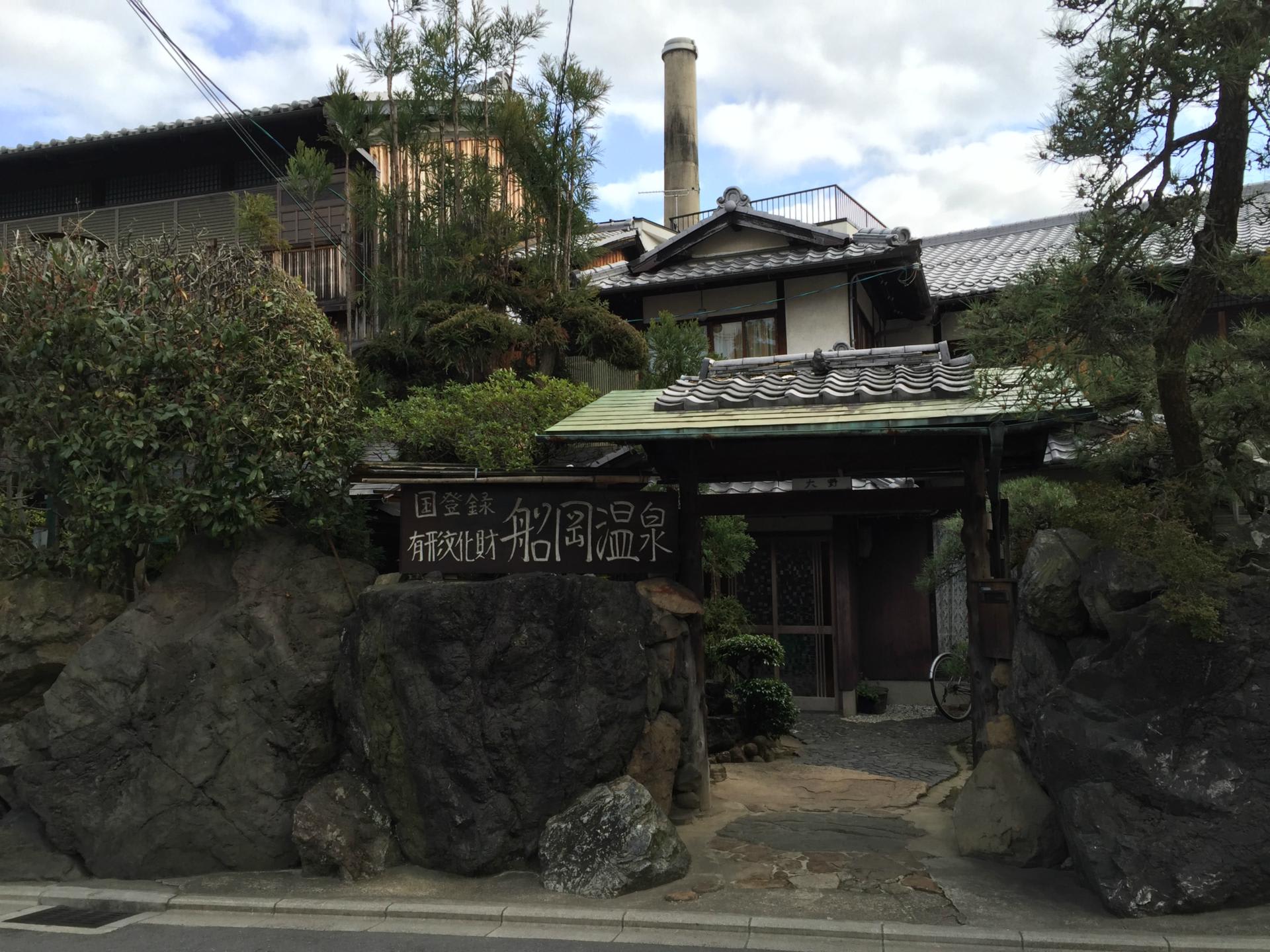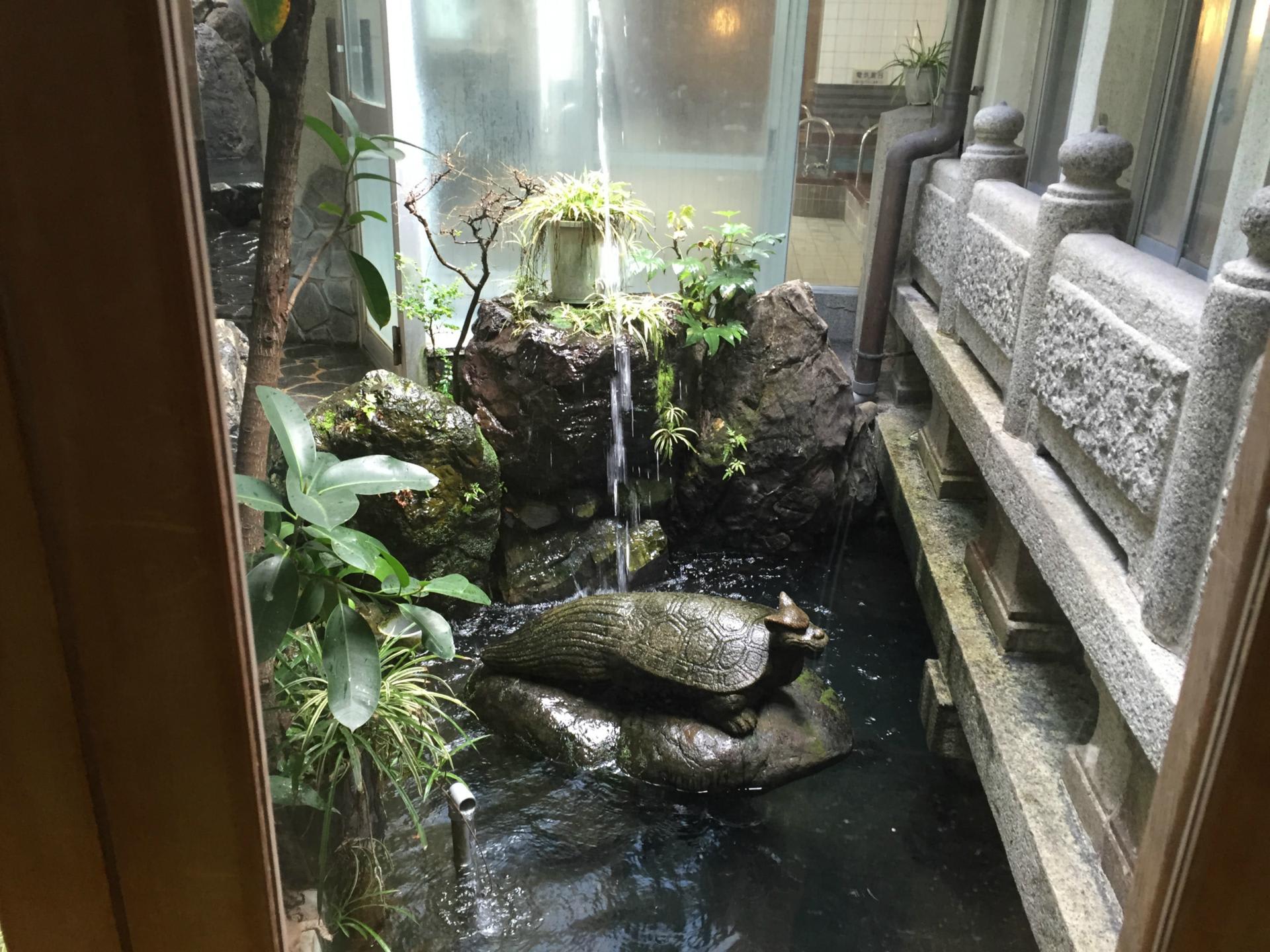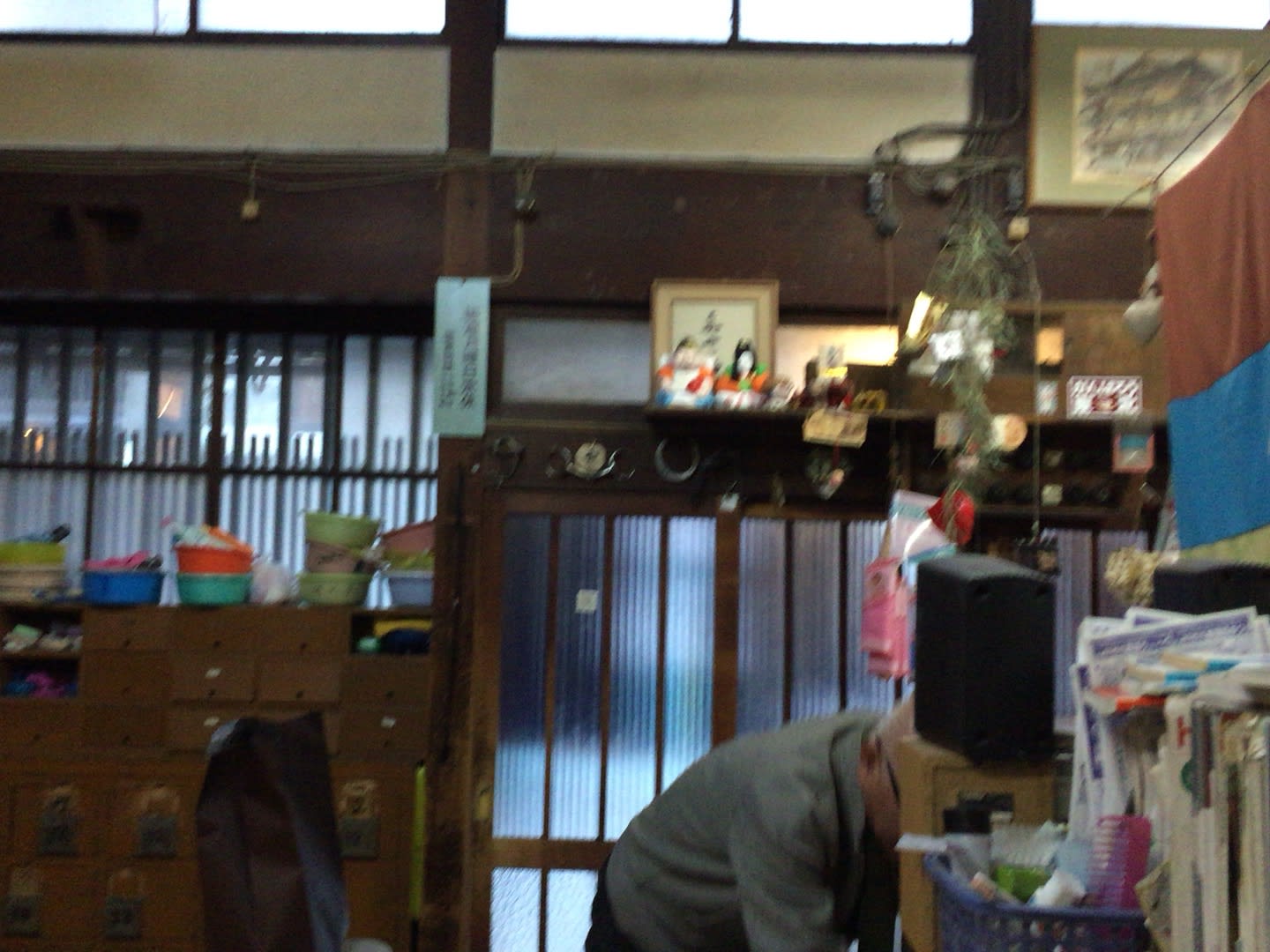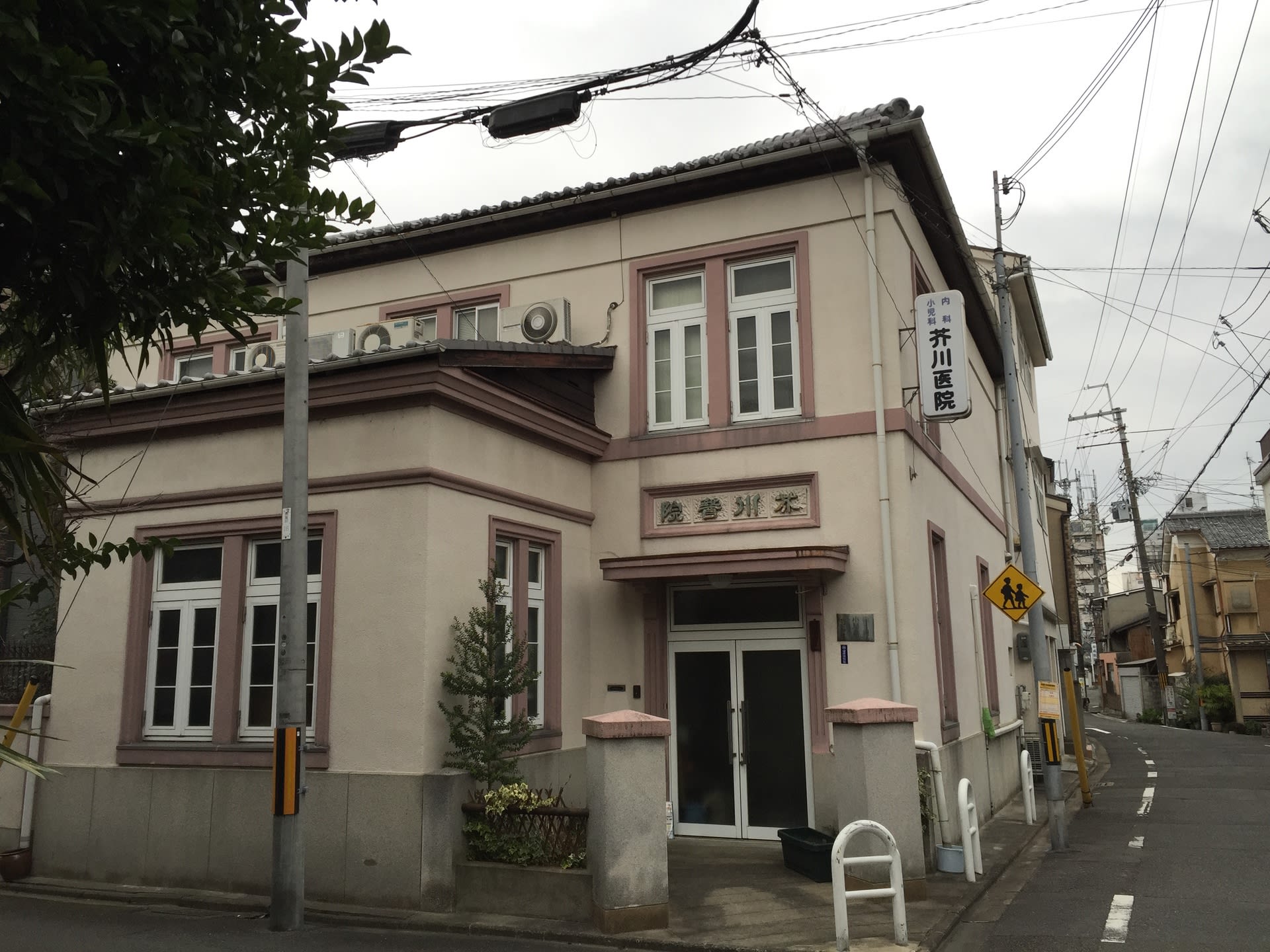京都市北区紫野南舟岡町
キングオブ銭湯と言われる。
Funaoka Onsen was established in 1923 (Taisho 12) and originally began as a bathhouse attached to the ryokan (traditional Japanese inn) “Funaokaro.”
銭湯だが、ここには観光客も来る、行列もできる、外国人も多い。国の登録有形文化財に登録されている銭湯である。
Funaoka onsen has the intricate interior of the rooms which are considered art works and was registered in 2003 as tangible cultural properties of the country.
Funaoka Onsen was established in 1923 (Taisho 12) and originally began as a bathhouse attached to the ryokan (traditional Japanese inn) “Funaokaro.”
銭湯だが、ここには観光客も来る、行列もできる、外国人も多い。国の登録有形文化財に登録されている銭湯である。
銭湯としても近代的設備に全面改築されあり、木の浴槽、ジェットバス、電気風呂、サウナ、露天風呂など様々なお風呂が楽しめる。
国の登録有形文化財である飛田新地の「鯛よし百番」同様に、大正時代に遊郭として建てられ、大正建築美術の豪華絢爛な装飾を残している。
Like “Taiyoshi Hyakuban” in Tobita Shinchi, a nationally designated Registered Tangible Cultural Property, it was built as a red-light district during the Taisho era and retains the luxurious and splendid decorations of Taisho architectural art.





脱衣場(木造)は天狗と源義経の彫刻があしらわれた漆塗り格天井が圧巻である。

第一次上海事変における肉弾三勇士などをモチーフとした欄間が時代を感じさせる。


そして、この近くの船岡山の中腹には織田信長の功績を讃える「建勲神社(たけいさおじんじゃ)」がある。





脱衣場(木造)は天狗と源義経の彫刻があしらわれた漆塗り格天井が圧巻である。

第一次上海事変における肉弾三勇士などをモチーフとした欄間が時代を感じさせる。


そして、この近くの船岡山の中腹には織田信長の功績を讃える「建勲神社(たけいさおじんじゃ)」がある。



























